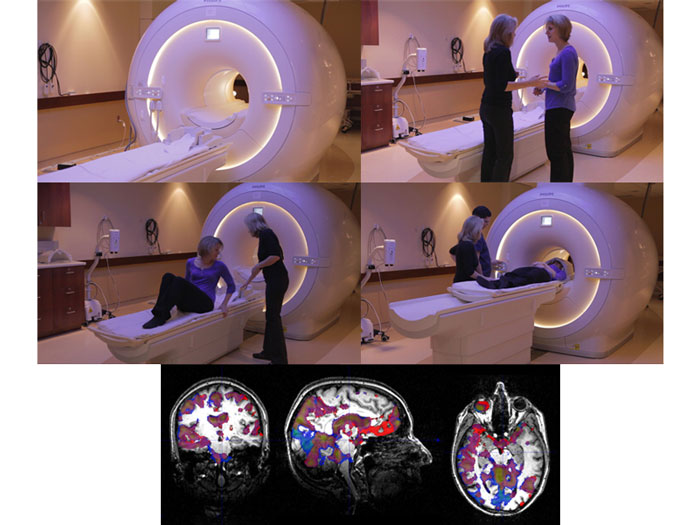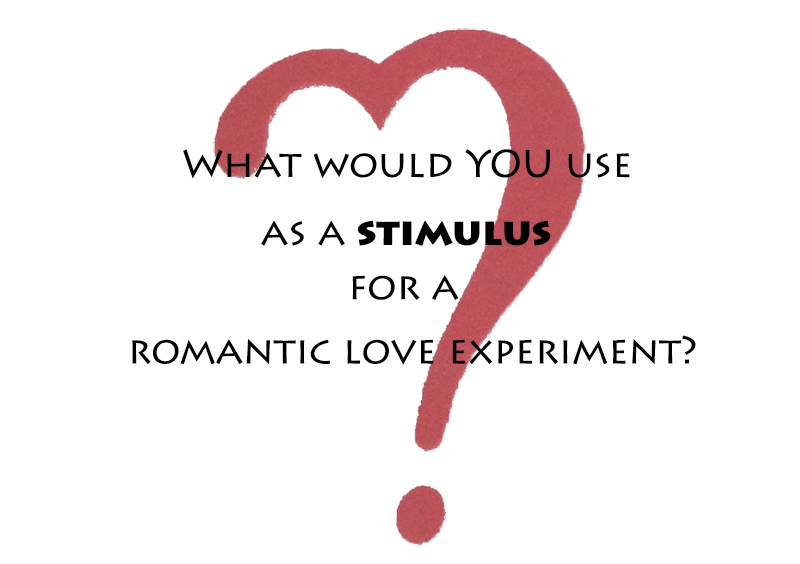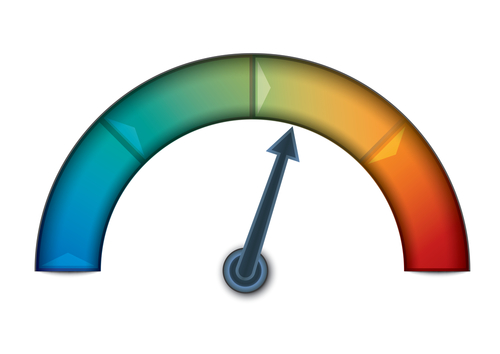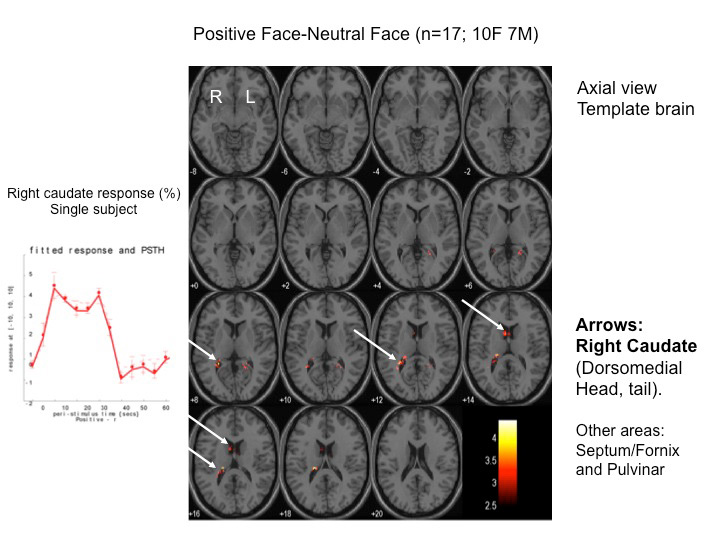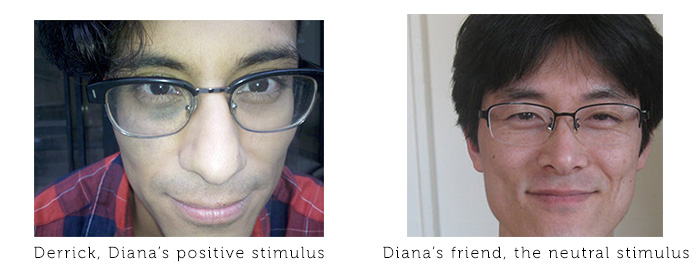
We decided George Washington was not a good control. We needed a control for familiarity of a living person. The brain might not respond just to faces, but to familiarity of known people. It certainly would respond to memories about the person.
Our experiment design (the protocol) was taking shape.
Participants were asked to provide a photo of their beloved that triggered impassioned feelings of romance, the Positive Stimulus, and a photo of a Familiar Neutral. One subject chose her doorman; others chose a colleague in the office, a boring companion in their college dorm, or a distant relative.
In all cases, both photographs were independently rated for attractiveness of the person in the photo, and image quality of the picture itself to ensure we didn’t end up measuring a response to an unusually beautiful face or picture rather than a “romance” response to thoughts specific to each participant’s partner.
But immediately another hurdle emerged.
NEXT
